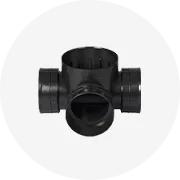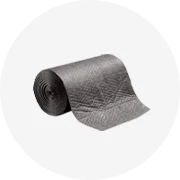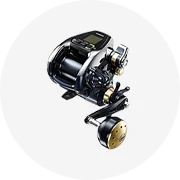






















































































































































































































About cooking oil absorbent
Understanding Cooking Oil Absorbents
Cooking oil absorbents are essential tools in maintaining cleanliness and safety in various settings, from commercial kitchens to home environments. These products are designed to effectively soak up excess oil, minimizing waste and reducing the risk of slips or spills. By incorporating cooking oil absorbent materials into daily practices, users can ensure a tidier workspace and contribute to a more sustainable operation.
Types and Materials
The market offers a diverse range of oil absorbent products, each crafted from different materials to cater to specific needs. Options include organic compounds like cellulose, renewable resources like bamboo and cotton, and synthetic varieties that provide durability and high absorbency. Each type of oil absorbent pad or material has unique properties, making it suitable for particular applications and environments.
Applications and Features
Cooking oil absorbent materials are versatile, finding their place in residential kitchens, commercial food establishments, and industrial settings. They are not only used for cleaning up spills but also for lining frying baskets, wrapping greasy foods, and even in oil filtration systems to extend the usability of cooking oils. Features of these absorbents include their high absorption rate, resistance to tearing, and the ability to contain oil without leaking.
Environmental Impact and Advantages
Eco-conscious businesses and individuals turn to eco-friendly oil absorbents to align with sustainability goals. These products, often biodegradable and made from renewable resources, offer the advantage of reducing environmental impact. By using biodegradable oil absorbent materials, users can minimize their carbon footprint while maintaining high standards of hygiene and cleanliness.
Selection Considerations
When selecting a cooking oil absorbent, it is crucial to consider factors such as absorbency level, material composition, and intended use. For instance, a high-traffic commercial kitchen may require a more robust and reusable absorbent, while a small café might opt for single-use, eco-friendly options. Understanding these nuances ensures that the chosen product effectively meets the user's needs.
Contribution to Sustainability
Incorporating sustainable oil absorbent solutions into daily operations is a step towards a greener future. These products not only assist in keeping spaces clean but also support global sustainability efforts. By choosing environmentally friendly oil absorbents, businesses and consumers play a part in the larger movement towards preserving our planet for future generations.





















